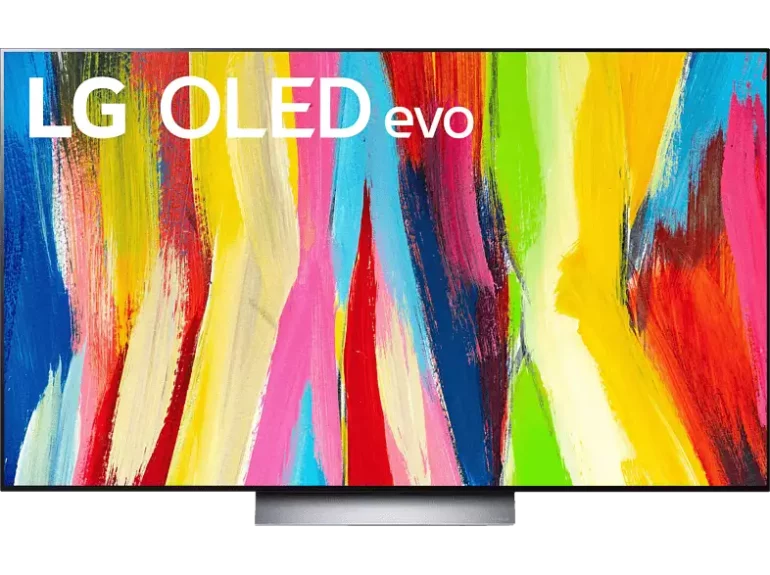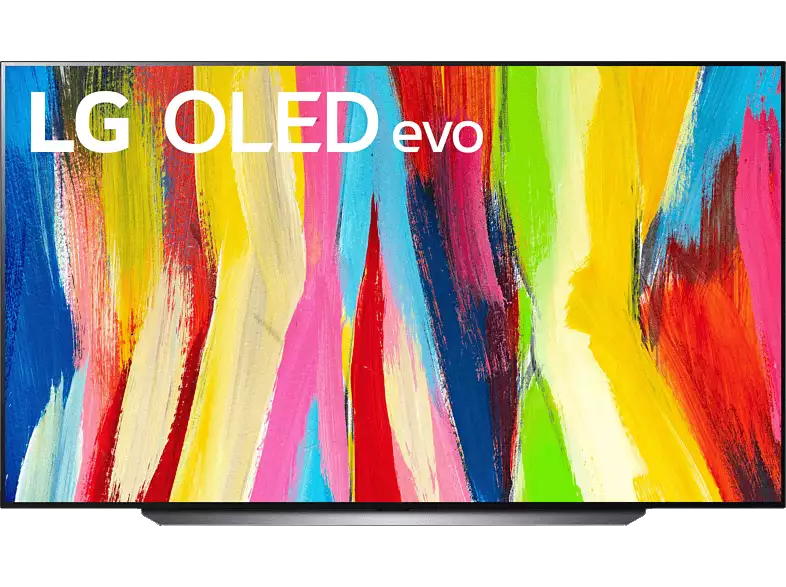This is what our Wiki offers
Our tvfindr wiki is a place where you can find informations about functions, technology, technical terms and even some historical aspects of the TV world. Each entry contains a short description that summarizes essential facts in a brief and compact way.
In case you want to learn more, we also offer additional facts and background knowledge for many terms. Downloadable infographics and other visualizations provide an additional visual representation of functions, as needed, or illustrate the most important points about a keyword in a glance.
Have fun browsing!
Your tvfindr Team!

